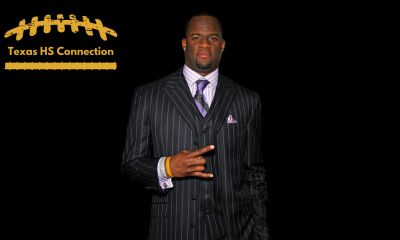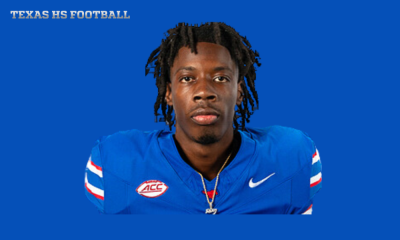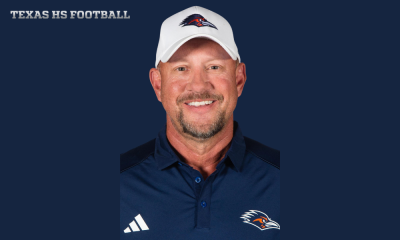Photo via espn.com
October 13, 2016
Optimism was prominent on the TCU campus and permeated through the surrounding DFW areas — purple and white hype draped the subconscious thoughts of local sports fans for the upcoming 2016-17 seasons. The program was experiencing a rejuvenated high, cultivated from a 3OT intoxicating victory against Oregon at the Alamo Bowl, where they rallied back from a 31-0 deficit.
The odds were completely stacked against the Horned Frogs going into the game; program-record smashing quarterback Trevone Boykin decided to do some face smashing on a cop in downtown San Antonio a few days before the bowl game. The current Seahawks backup was suspended from the match, and lead receiver Josh Doctson was ruled out due to a wrist injury. Somehow, coach Gary Patterson and the boys pulled out a W by the hair of their chinny-chin-chins.
Taking a peek at their stat sheet, it’s not surprising that I pegged them as CFP candidates this year and the winners of the Big 12 conference. As did Dove Men’s enthusiast and College Gameday co-host Kirk Herbstreit.
After trailing against the Ducks, 27-of-30 receptions went to freshmen or sophomores, indicating that the Horned Frogs had a vast depth of talented offensive weapons. A battered defense allowed 27.2 points per game — the most in a Patterson defense in over a decade — but were able to hold Oregon to critical three-and-outs after the half. The offseason saw eleven players with starting experience returning on defense, governing — what was on paper — the best group since Patterson’s undefeated season that resulted in a Rose Bowl championship in 2010-11.
So what went wrong for the Horned Frogs? How did we get to Week 6, and they’re barely clinging to Big 12 relevance with trembling webbed toes?
TCU’s recent defensive slump is inexcusable. Their 30 points and 423.8 yards allowed per game are the worst numbers in the Coach Patterson era — a supposed defensive mastermind who has lost his ability to keep opponents points off the scoreboard. It’s been since 2010 that they limited opponents to under 100 yards rushing per game. Despite their inability to stop a score, TCU somehow ranks third in the Big 12 in total defense — a telling statistic that portrays how poorly the conference is competing this season. Their third-down stops is the Judas kiss to the team’s winning aspirations; TCU ranks second-to-last amongst the Big-12 in third-down defense, allowing 43.3% conversion.
The confidence in a Frogs progression moving forward is difficult after watching them get outgunned by a lousy Kansas unit. The Jayhawks racked up 470 total yards compared to TCU’s 366 in total offense. The defense were crucial in turning the ball over four times; quarterback Kenny Hill didn’t do much better, feeding the famished Jayhawks three interceptions.
The Frogs could have suffered a humiliating loss to a Jayhawks team that won a lone victory against Rhode Island — a team that doesn’t exactly scream NCAA powerhouse. Trailing with time waning in the fourth quarter, the Horned Frogs managed a crucial field goal within the final two minutes, winning 24-23.
The woes against Kansas continues to haunt TCU. In five meetings with the Jayhawks as a Big 12 Conference member, the Horned Frogs have never posted a blowout, winning by an average of seven points for a score of 26-19 in five games; the Horned Frogs haven’t lost to KU in the Big 12. Kenny Perry is Kansas’ DB coach and worked with Patterson for a year, even prompting the Horned Frogs coach to change signals mid-game.
TCU currently sits on the outside of the AP-25 ranking — a sorry sight for a team that was ranked the highest in Texas preseason (No. 13). After being ignored by the CFP following one- and two-loss seasons, the most Coach Patterson can do is win out to become bowl-eligible. At the halfway point in the season, the program has a much needed bye — a time for reflection where they can identify their flaws and compete against a defensively thin Big 12 schedule. Already, the four easiest opponents have been defeated, but the schedule becomes more competitive moving forward.

















